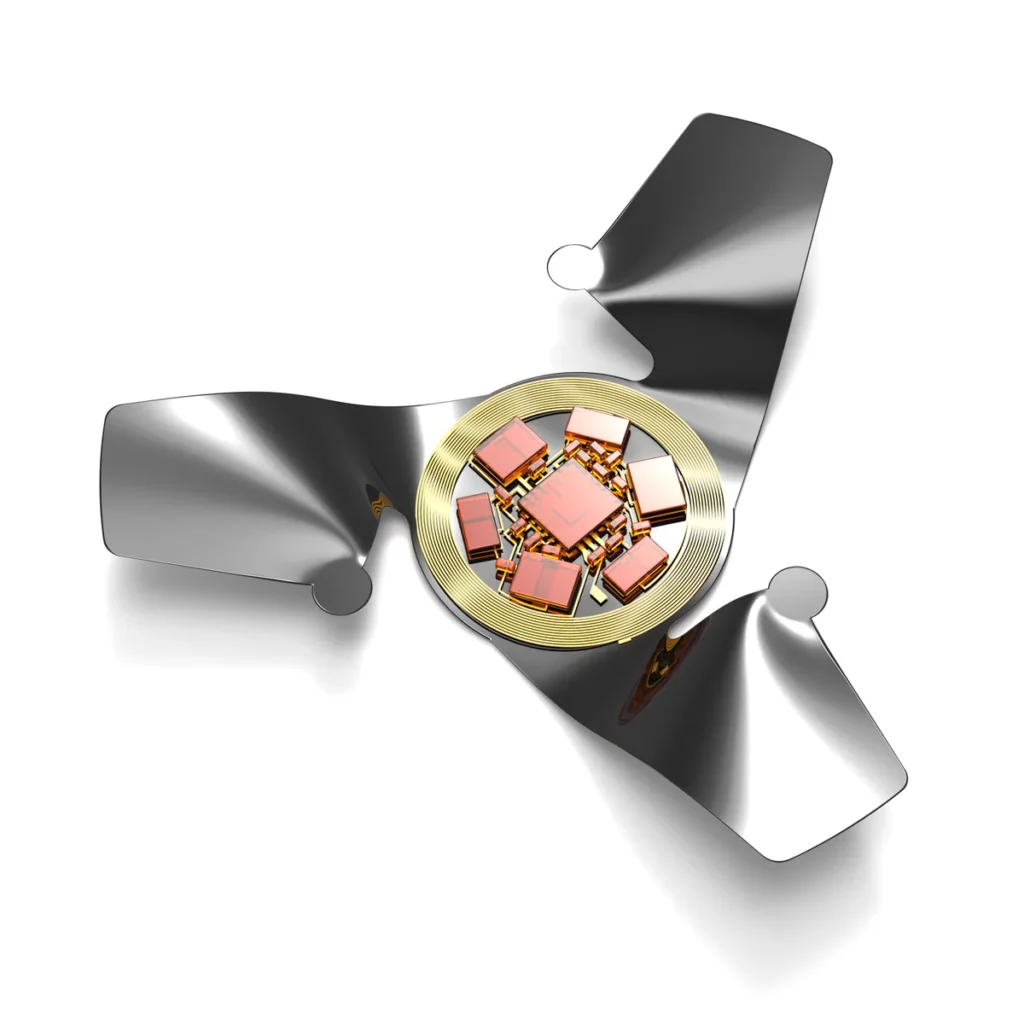Northwestern University’s Innovation Could Revolutionize Airborne Monitoring for Pollution and Disease.
Scientists at Northwestern University have achieved a groundbreaking feat by designing and creating the world’s smallest man-made flying machine – a winged microchip that’s roughly the size of a grain of sand. This astonishing invention, inspired by nature’s maple tree seeds, offers a new frontier in airborne monitoring for environmental pollution and disease tracking.
Unlike traditional flying machines, this remarkable microflier does not rely on motors or engines for propulsion. Instead, it harnesses the power of wind, resembling the way a maple tree’s propeller seed takes flight and spins like a helicopter as it descends to the ground.
The innovation’s aerodynamics were perfected by studying various wind-dispersed seeds, such as those from maple trees. By imitating nature’s designs, the microflier falls slowly and in a controlled manner, ensuring it disperses over a wide area while maximizing its interaction with the air.

One of the most fascinating aspects of this microflier is its potential for integration with ultra-miniaturized technology. Scientists can pack these tiny devices with sensors, power sources, wireless communication antennas, and embedded memory for data storage. This versatility opens up a world of possibilities for applications in contamination monitoring, population surveillance, and airborne disease tracking.
The microflier’s unique design allows it to fall slowly and interact with wind patterns for an extended duration. This feature optimizes lateral distribution through entirely passive, airborne mechanisms.
These winged microchips are poised to revolutionize the field of environmental monitoring and disease surveillance. Their diminutive size and innovative design make them ideal for collecting vital data from the atmosphere, especially in challenging and hard-to-reach areas.
Northwestern University’s groundbreaking creation has the potential to transform the way we monitor air quality, track diseases, and protect our environment. As technology continues to advance, the possibilities for these winged microchips appear boundless.
The era of tiny, nature-inspired microfliers has arrived, promising a brighter and more data-rich future for airborne research and monitoring.
Resources:
2.https://new.nsf.gov/news/winged-microchip-smallest-ever-human-made-flying